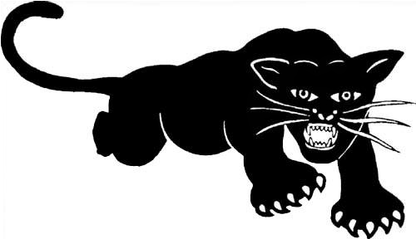The influx of #mainstreaming brings many non-native, focuses into our shared alt spaces. Most of these will be better handled as external resources. Let’s keep the core simple: #KISS and #4opens. One of the strongest of these is money, it is a dangerous subject for #openweb projects. It’s way too often the root of corruption and co-option, so it’s best to keep financial aspects as external applications and simply link to them. And remember that words are wind, look at the ground. We live in a closed world, and we should not add to this mess.
- There is no security in CLOSED systems — security comes from OPEN and social processes.
- There is no security in individualism — true security lies in community.
- There is no security in “trustless” models — real security emerges from social trust.
Over the last 10 years, we’ve been fed meany, meany lies. This is especially clear now in tech. Look at #opensource: can you find any lasting value in CLOSED within that? Over the last 20 years, we’ve seen an ongoing battle between OPEN and CLOSED, but the last decade has been dominated by the #dotcons and their shadow puppet, the #encryptionists. Both are CLOSED, both wear the cloth of OPEN, and both recite the right words. But words are wind — look at the ground. The #4opens is the reality check.
I’ll be truly optimistic when closed paths of #encryptionist apps cross standards with the #open of #activertypub apps, bridging the human nature and “feeling” that fuels this gap. But right now, there’s a strong, unspoken push not to address these issues.
Nearly everything I do today revolves around #4opens, addressing the unspoken issues head-on. I’ve been doing this full-time for more than 30 years, and I’ve watched hundreds of alt-tech projects wither on the vine, with only a handful of flowering. Reflecting on this, I’ve developed a #KISS universally reliable way of judging which projects might flourish and which will collapse: the #4opens framework. Others might call it open-source development or radical transparency, but it’s all the same core path #nothingnew
To move this forward, we need to address the core problems:
- The #geekproblem — a teenage mix of arrogance and ignorance that spreads like wildfire.
- The #dotcons — a relentless push of greed over human need.
These are fundamental issues, and it’s good, necessary, to have strong opinions on them. Because not having an opinion? That’s a path straight back to the #deathcult. We don’t need more of that. What we need is compost, patience, and the courage to keep pushing for openness and social solidarity, no matter how messy it gets.
Let’s grow something real.
There’s an unspoken #geekproblem lurking at the heart of the #openweb, and it’s past time we bring it into the light. If we frame #p2p as #human2human, scaling becomes a virtue, an organic process of communities growing, evolving, and finding balance through social trust. But if we view #p2p as #data2data, scaling becomes a purely technical challenge, one that strips the human element away.
The first path embraces the messy beauty of human connections. Scaling isn’t a failure, it’s a reminder that growth needs care, cooperation, and thoughtful design. The second path, the data-centric approach, treats humans as nodes, reducing complex social interactions to packets of information to optimize and control.
Here’s the issue: the latter view is the one pushed by the #dotcons. The systems we’ve grown up with, the platforms we’ve relied on, all reinforce this anti-human perspective. And whether we like it or not, we’ve internalized some of this thinking, even within our #openweb projects. That’s the uncomfortable truth.
The question is: do we actually want to solve this? Because the solution isn’t technical, it’s social. It means rejecting the idea that tech should replace or dominate human processes. It means making space for friction, for inefficiency, for the unpredictability of people working together.
Talk to a geek today. Start the conversation. Ask how they see #p2p — as people connecting, or as machines exchanging data? Their answer might tell you a lot about where their compass is pointing, and whether we can navigate back toward a web that is human.
Let’s compost the #geekproblem, nourish the soil, and grow something better.




